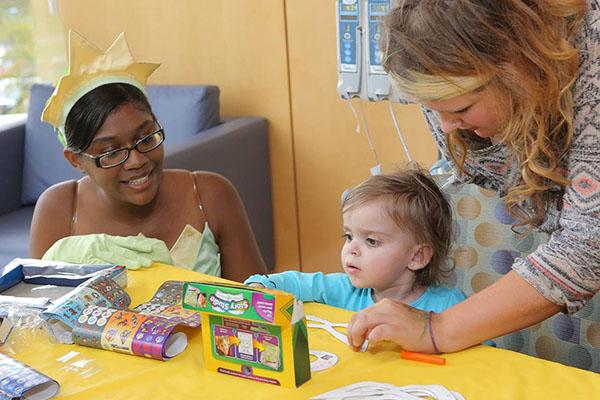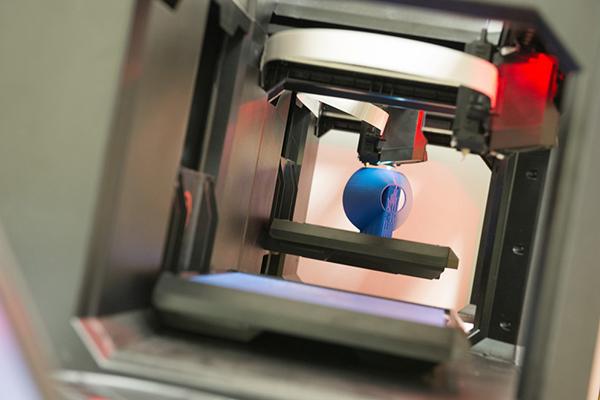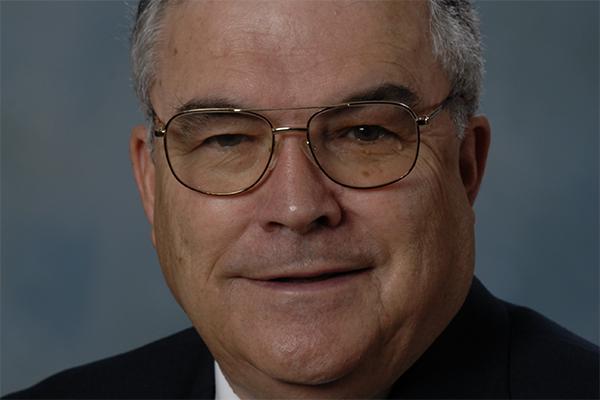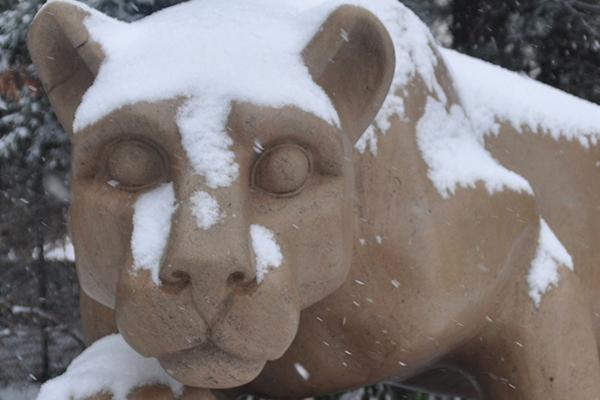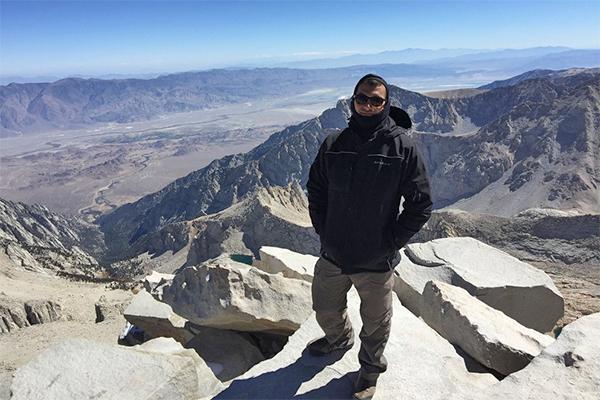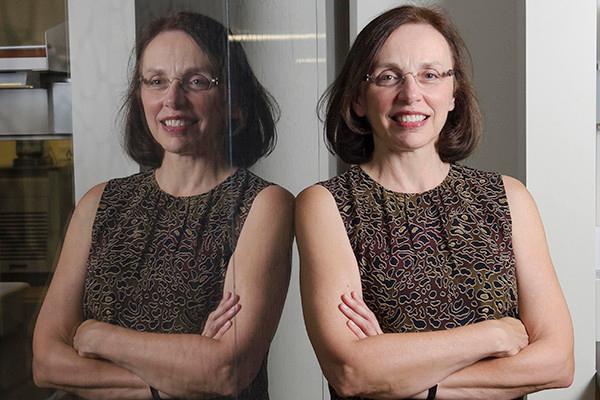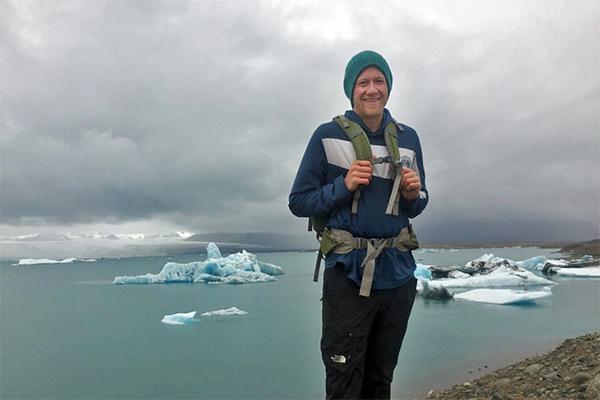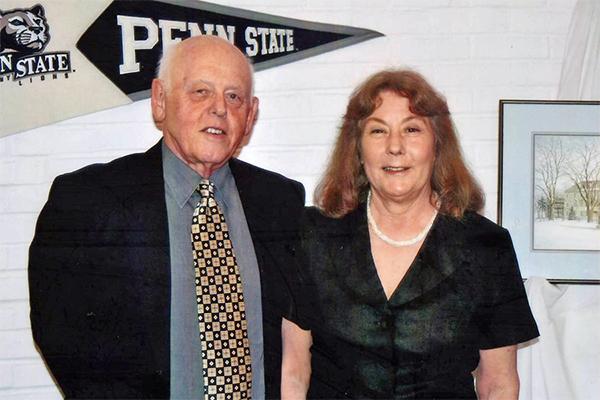The College of Earth and Mineral Sciences alumni do great things and we like to share their stories. Below are the most current stories showcasing our alumni.
News
Spring 2017 produced a record-breaking number of applications for Global Programs Travel Grants.
Amina Grant has spent much of her time as a Penn State undergraduate studying sustainability in the U.S., Jamaica and Peru, and using that research to make a positive impact on communities. And, other times, she has made a difference just by dressing as a superhero.
In response to increased industry demand for experts in the growing field of additive manufacturing, Penn State will offer residential and online master’s degrees in additive manufacturing and design beginning in fall 2017.
Penn State alumnus Delbert Day has been named a Fellow of the National Academy of Inventors (NAI). Election to NAI Fellow status is “the highest professional distinction accorded solely to academic inventors who have demonstrated a prolific spirit of innovation in creating or facilitating outstanding inventions that have made a tangible impact on quality of life, economic development, and welfare of society.”
Penn State alumni Brian and Terri Green said three reasons sparked their decision to establish the Robert and Florence Green Memorial Scholarship in the College of Earth and Mineral Sciences.
Policelli, a propulsion development engineer for SpaceX, a private aerospace manufacturer and space transport services company, uses his background in engineering to work on SpaceX’s Merlin engine.
Katherine Faber, a 1978 Penn State alumna, and her husband, Thomas Rosenbaum, have established the Guy Rindone Graduate Research Fund to further graduate education in the College of Earth and Mineral Sciences’ Department of Materials Science and Engineering. The fund was established in honor of Guy E. Rindone, professor emeritus of ceramic science and engineering, who died in 2015 at age 93.
Annie Tamalavage and Marla Korpar, both 2013 EMS graduates, were among a handful of judges who returned to Penn State’s University Park campus to serve as judges for the College of Earth and Mineral Sciences’ (EMS) Undergraduate Poster Exhibition.
Adam Phoebe, a 2012 Penn State energy engineering graduate, is director of global operations for the Global Renewable Energy Education Network or GREEN program, a position he obtained after first becoming a student ambassador for the program.
Peter and Carol Thrower have a unique affinity for both Penn State and the University of Cambridge and, through the Thrower Endowed Program Fund for Cambridge Studies in Materials Science and Engineering, they hope student recipients will, too.



